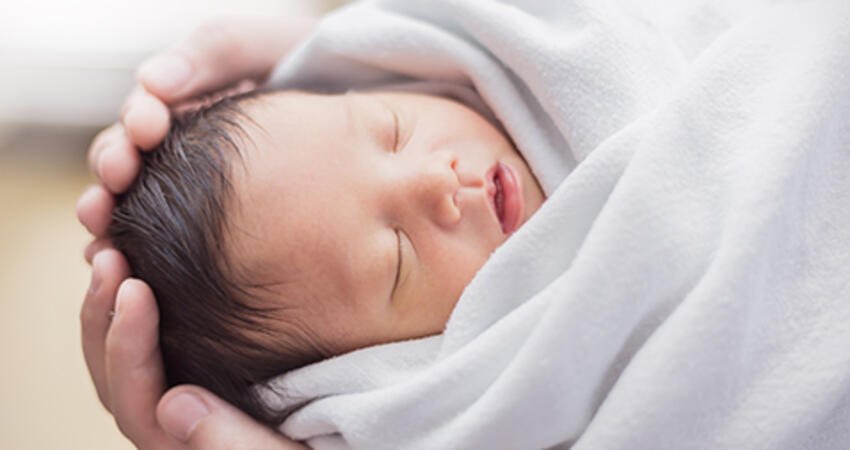
How Homeless Infants’ Health Compares with the Health of Their Stably Housed Counterparts
- Title:
- How Homeless Infants’ Health Compares with the Health of Their Stably Housed Counterparts
- Author:
-
Robin E. Clark, Linda Weinreb, Julie M. Flahive, and Robert W. Seifert
- Source:
- Publication Date:
-
2019
Experiencing homelessness harms infants’ health, but do the harms endure into early childhood? And do the health risks of infant homelessness differ from the health risks of infant poverty? To answer these questions, a group of researchers at the University of Massachusetts Medical School compared up to six years of Medicaid claims data from children who experienced homelessness by age 1 with similar children in housed families near the poverty level. They assessed multiple variables related to health status, health care use, and health spending, including birthweight, asthma, injury, developmental disorders, emergency department use, hospitalizations, well-child visits, and annual health care expenditures. To capture the risks associated with both prenatal homelessness and unstable housing, the researchers defined homelessness based on the family’s use of shelter during the 12 months immediately before or after the infant’s birth date.
The retrospective study used emergency assistance enrollment to identify families who entered a Massachusetts emergency shelter between January 1, 2008, and June 30, 2015, and matched records with Medicaid claims for live births during the 12 months before or after shelter entry. The researchers compared 5,762 infants with early exposure to homelessness to 5,553 infants with Medicaid but not emergency shelter records. The two groups were matched by sex, race and ethnicity, region within Massachusetts, and the month and year of birth. Although family income across both groups was very low, income differed between the study and comparison groups: average monthly income was $467 for the homeless group and $796 for the comparison group.
Across most indicators, children who experienced homelessness as an infant were more likely to have health problems, hospitalizations, and emergency department visits than children in poverty who did not experience infant homelessness, leading the authors to conclude that “unstable housing’s impact on infants and children goes beyond the more general effects of poverty.”
Key findings
- Infants who experienced homelessness were significantly more likely to visit the emergency department or be hospitalized by age 1 than infants in the comparison group. They were also hospitalized more frequently and incurred higher medical costs.
- During their first year of life, infants who experienced homelessness were also more likely to have low birthweights, upper respiratory infections, lower respiratory disease, a fever of unknown origin, allergic reactions, asthma, developmental disorders, and injuries from external causes than children in the comparison group.
- Through age 2, children who experienced infant homelessness were more likely to have fever and allergy diagnoses and to be admitted to the hospital than those in the comparison group.
- Through age 3, children with infant homelessness were more likely to have respiratory infections, injuries, and nutritional problems.
- Through the end of the study (at age 6), infants exposed to homelessness still had higher rates of asthma and used emergency departments at higher rates. The median annual health expenditures for children with infant homelessness remained higher than the comparison group every year in the study, although the difference narrowed over time.
Policy implications
- Experiencing homelessness as an infant may be among the adverse childhood experiences with lasting harm, and the value of avoiding infant homelessness should be incorporated into policy decisionmaking.
- Housing vouchers and rapid rehousing are evidence-based ways to stabilize housing for homeless families and may support health.
- Demonstration programs could help health systems and social service providers build effective partnerships to improve health. The most effective early childhood health interventions would address housing needs.
- Homelessness risk screening should begin before birth and continue with postpartum assessments.
- Preventing family homelessness may reduce childhood asthma and medical expenses through at least age 6.
Photo by paulaphoto/Shutterstock


